The Future of College Sports Is Unionized
The Dartmouth basketball team just voted to join SEIU Local 560, a big step toward ending the exploitation of college athletes.
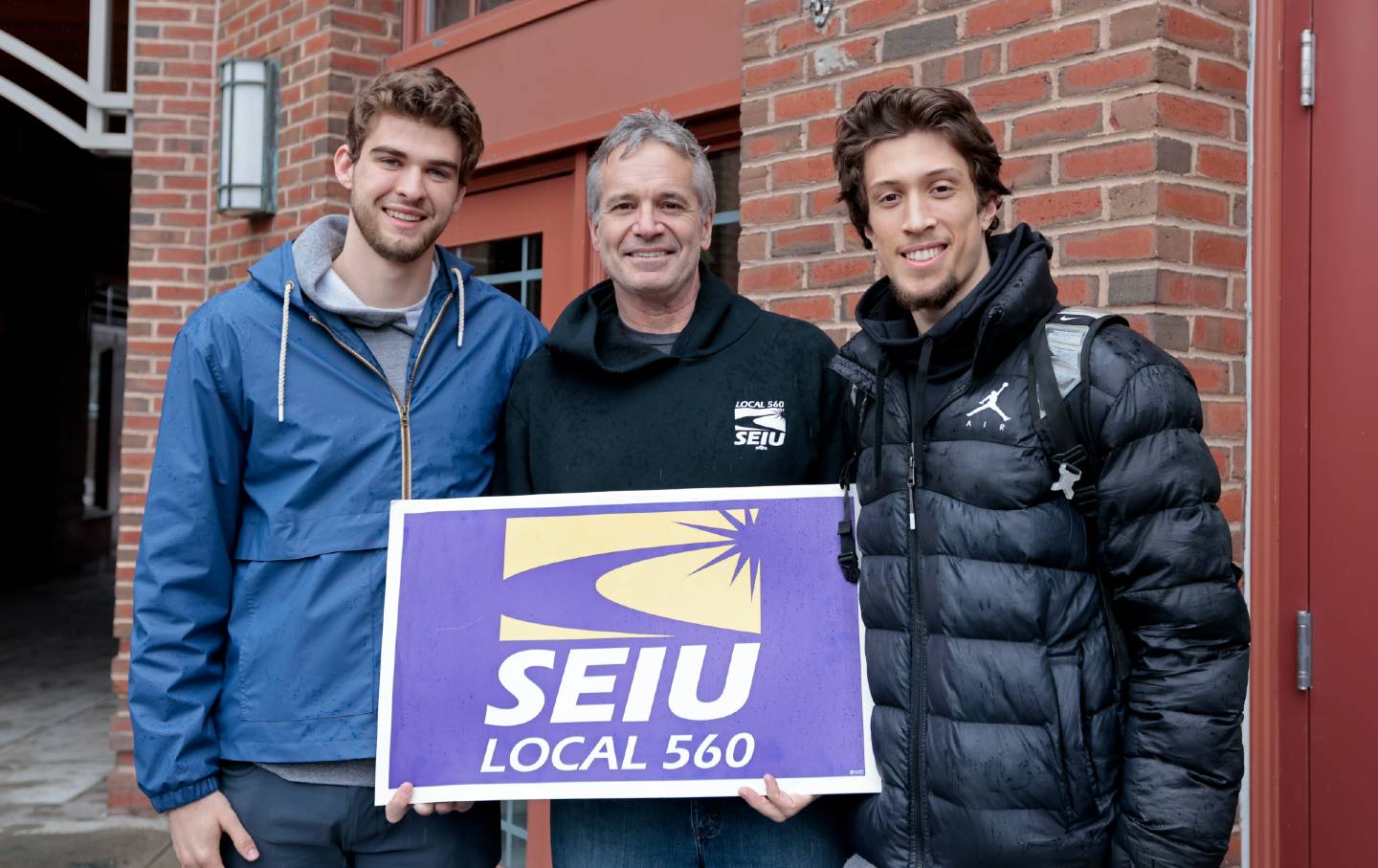
By voting 13 to 2 to join SEIU Local 560, the basketball team at Dartmouth has put the question of the unionization of college athletes at center court. In the process, the players are educating the NCAA—if it would deign to listen—that the future of university–athlete relations lies in collective bargaining. The current economy of college sports is, to put it mildly, dyspeptic. An unregulated system where players can profit from their name, image, and likeness has upended the revenue-producing sports of football and basketball. The transfer portal that grants the freedom to so-called “student athletes” to switch teams, has also created a cultural sea change. In short, a shifting of power away from autocratic coaches and athletic directors to the players themselves has taken place. Yet there still is that final frontier: unionization and collective bargaining, both of which could build a new and better framework for college sports.
While NIL money benefits a few athletes with regionally or nationally known names—like Iowa basketball star Caitlin Clark or Texas backup quarterback Arch Manning—and the transfer portal has been a vital reform, both skirt the question of whether these “student athletes” are in fact campus workers. As campus workers, they would, in theory anyway, be free to organize into a union and demand collective bargaining over not only compensation but other issues that affect “student athletes” like medical care, travel demands, and the academic freedom to choose classes without athletic department interference. And this is just a smattering of the issues that would surely be brought to the table. Of course, the NCAA and many head coaches have no desire to sit across the table from players. They decry unionization as an affront to everything good and holy about amateur sports, but the fortress of anti-unionism that is the NCAA has been breached by the Dartmouth players. The sooner they recognize that this breach cannot be closed, the better for all parties.
Patrick Hruby, deputy editor of The Washingtonian and a longtime critic of what he calls “sham amateurism,” made the point to me that the NCAA can keep “flushing money” by “paying lawyers and lobbyists who have taken repeated Ls in courtrooms and legislative offices” or they could stop resisting a generation that is not going to take the food scraps for which previous ones—sometimes literally—felt forced to settle. The NCAA can finally see the benefits of collective bargaining, or they can continue in their fierce belief that sham amateurism will have to be pried from their dead hands.
This is a battle for which the players are ready. Teammates Cade Haskins and Romeo Myrthil said to the Associated Press,
“We stuck together all season and won this election. It is self-evident that we, as students, can also be both campus workers and union members. Dartmouth seems to be stuck in the past. It’s time for the age of amateurism to end.”
While many experts cautioned against prematurely celebrating, they made clear that the Dartmouth hoops union is a very big deal. Nathan Kalman-Lamb, co-author of the forthcoming book The End of College Football: On the Human Cost of an All-American Game, said to me, “It is not unreasonable to call the Dartmouth men’s basketball unionization vote the single most significant development to-date in the struggle against the exploitation and harm that define US college sport.”
Similarly, Andy Schwarz, a commentator on the rights of “student athletes,” while lauding the decision, warned me that “this is more a small step than a giant leap.”
One reason for both cheers and caution being the order of the day is that it is not merely the NCAA standing athwart history and saying no to these athletes. Dartmouth College is making its objections clear as well. According to an SEIU spokesperson, the administration told players that unionizing could get them booted from the NCAA or the Ivy League.
In a statement, the Dartmouth administration said, “For Ivy League students who are varsity athletes, academics are of primary importance, and athletic pursuit is part of the educational experience.… Classifying these students as employees simply because they play basketball is as unprecedented as it is inaccurate. We, therefore, do not believe unionization is appropriate.”
This is why Schwarz thinks this is an opening salvo in a bigger fight. He told me, “Until college athletes have the same economic rights as college coaches, whether it’s to negotiate in a free market or to take advantage of the rights and privileges accorded to workers more generally, everyone who is pro-athlete has work to do. With that said, there are lots of hurdles to surmount before it’s real…. Let us hope that Congress doesn’t fall prey to the catastrophizing that this is going to kill college sports.”
Overcoming congressional and NCAA fears about a lawless, unionized future will indeed be a hurdle. But we would do well to remember that the NCAA and their political lobbyists have been braying about progressive reforms killing college sports for at least 50 years. First, it was Title IX—the 1972 law providing women with equal access to, among other venues, athletic teams—that would kill college sports. Then, it was players’ being able to opt out of scholarships after signing letters of intent. More recently, it was NIL and the transfer portal bringing godlessness to the land. Yet, with each reform, the profits grow and the popularity increases, so much so that Caitlin Clark—the NCAA’s biggest star since Tim Tebow—was tempted with a mammoth amount of NIL money to stay at Iowa for a fifth year. Expect more of that and expect the college game to actually be strengthened as a result, with players staying longer and fan interest growing.
While succumbing to collective bargaining would be in the NCAA’s long-term interests, rather than flushing money on lobbyist luncheons and losing lawyers, it’ll fight unionization until the end. This is clearly not about money for the organization. It’s about power. It’s about anti-labor attitudes at the top of the sport—and in Congress. Jason Stahl, the founder and executive director of the College Football Players Association, told me, “This is a momentous day for college athletes across the country. Dartmouth basketball players have shown enormous courage in voting for their union in the face of immense opposition. We hope that college football players across the country see what these young men have accomplished and show the same courage organizing themselves in their own workplaces.”
Meanwhile, while the NCAA splinters, the players at Dartmouth are finding a new kind of community. Caoimhín O’Donnell, the national spokesperson for SEIU, described the following scene: “At the last game…security workers, custodians, people who worked for the library, were cheering really loud, because…we consider [the team] part of local 560 now. In the labor movement, we say siblings—sisters and brothers—those were our brothers playing ball. It was really nice to see these union members excited. There was a real sense of what the team had done and what the local had done and what the members have done.”
We cannot back down
We now confront a second Trump presidency.
There’s not a moment to lose. We must harness our fears, our grief, and yes, our anger, to resist the dangerous policies Donald Trump will unleash on our country. We rededicate ourselves to our role as journalists and writers of principle and conscience.
Today, we also steel ourselves for the fight ahead. It will demand a fearless spirit, an informed mind, wise analysis, and humane resistance. We face the enactment of Project 2025, a far-right supreme court, political authoritarianism, increasing inequality and record homelessness, a looming climate crisis, and conflicts abroad. The Nation will expose and propose, nurture investigative reporting, and stand together as a community to keep hope and possibility alive. The Nation’s work will continue—as it has in good and not-so-good times—to develop alternative ideas and visions, to deepen our mission of truth-telling and deep reporting, and to further solidarity in a nation divided.
Armed with a remarkable 160 years of bold, independent journalism, our mandate today remains the same as when abolitionists first founded The Nation—to uphold the principles of democracy and freedom, serve as a beacon through the darkest days of resistance, and to envision and struggle for a brighter future.
The day is dark, the forces arrayed are tenacious, but as the late Nation editorial board member Toni Morrison wrote “No! This is precisely the time when artists go to work. There is no time for despair, no place for self-pity, no need for silence, no room for fear. We speak, we write, we do language. That is how civilizations heal.”
I urge you to stand with The Nation and donate today.
Onwards,
Katrina vanden Heuvel
Editorial Director and Publisher, The Nation
More from The Nation

When It Comes to Public Health, We Need to Tap Into People, Not Pundits When It Comes to Public Health, We Need to Tap Into People, Not Pundits
The future of our health under Trump is going to be bleak. But the solution lies in our communities, not individual personalities.
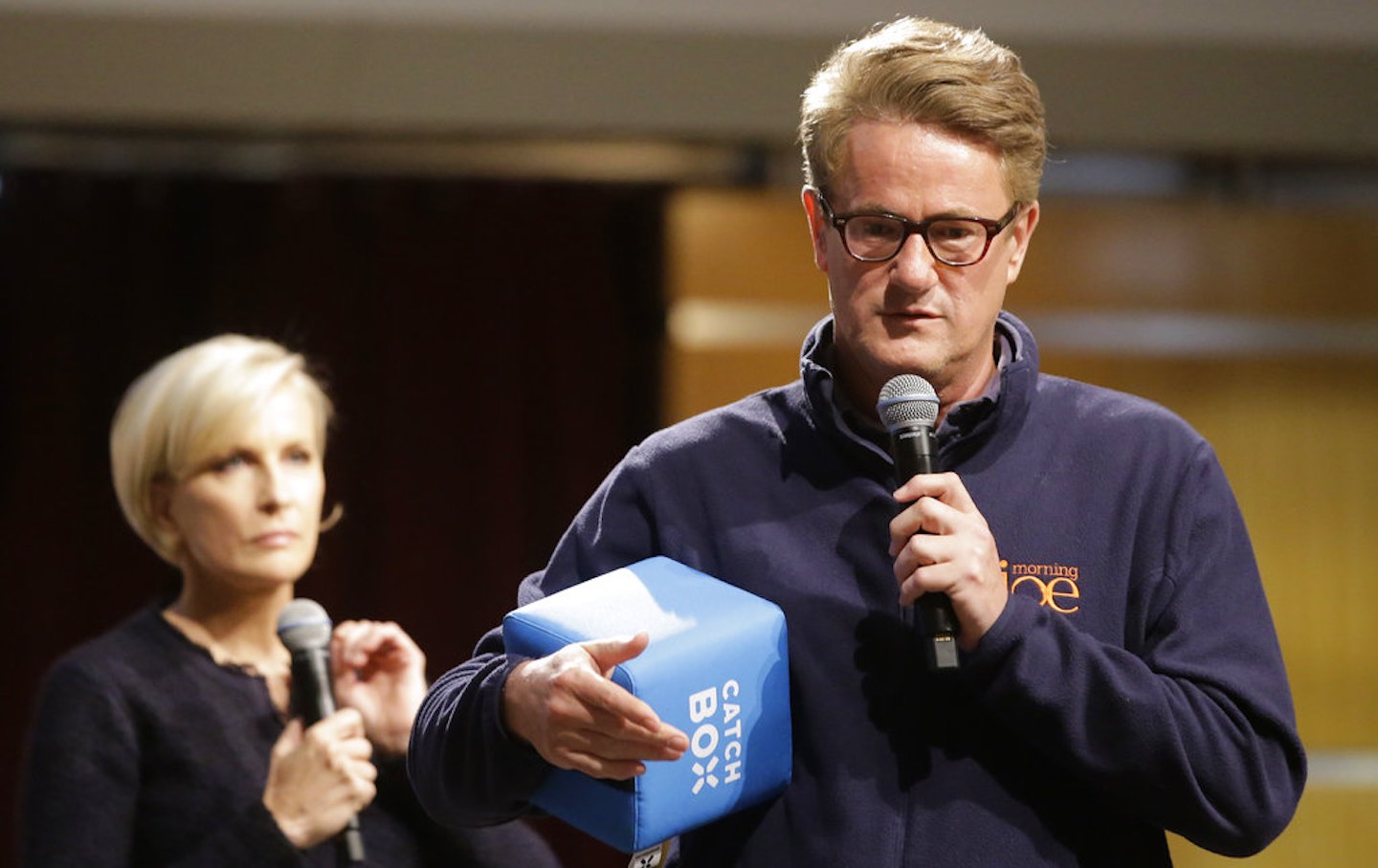
Mr. Scarborough Goes to Mar-a-Lago Mr. Scarborough Goes to Mar-a-Lago
The hosts of Joe Biden’s favorite political talk show have quickly pivoted to kissing the ring of the incoming president.

Watching a Parallel Media Try to Make Trump the Big Sports Story Watching a Parallel Media Try to Make Trump the Big Sports Story
The president-elect did not dominate the world of sports this weekend, but Fox News and Internet tabloids are inventing new realities.
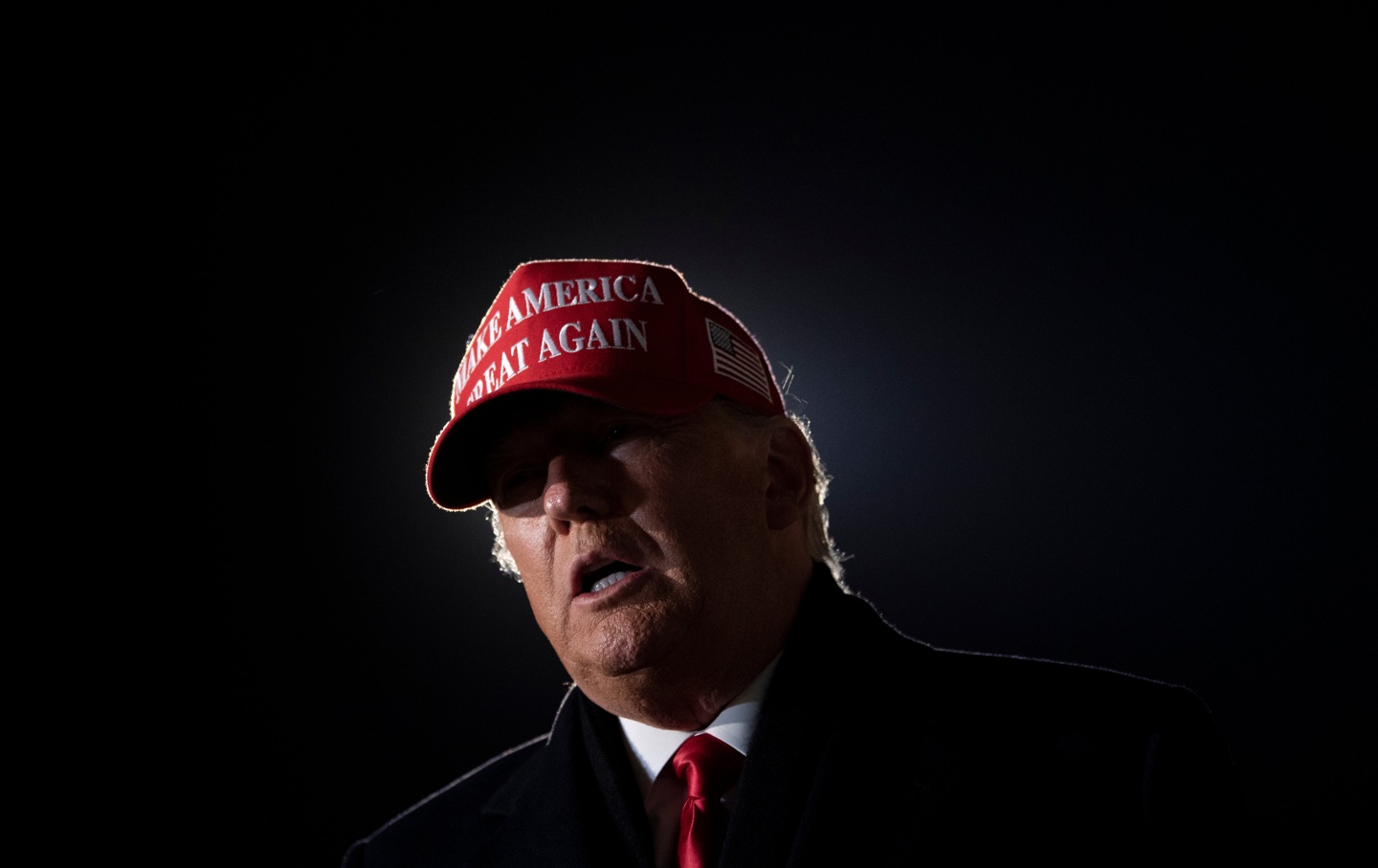
The First Amendment Will Suffer Under Trump The First Amendment Will Suffer Under Trump
Given what’s heading our way, we need a capacious view and robust defense of the First Amendment from all quarters.
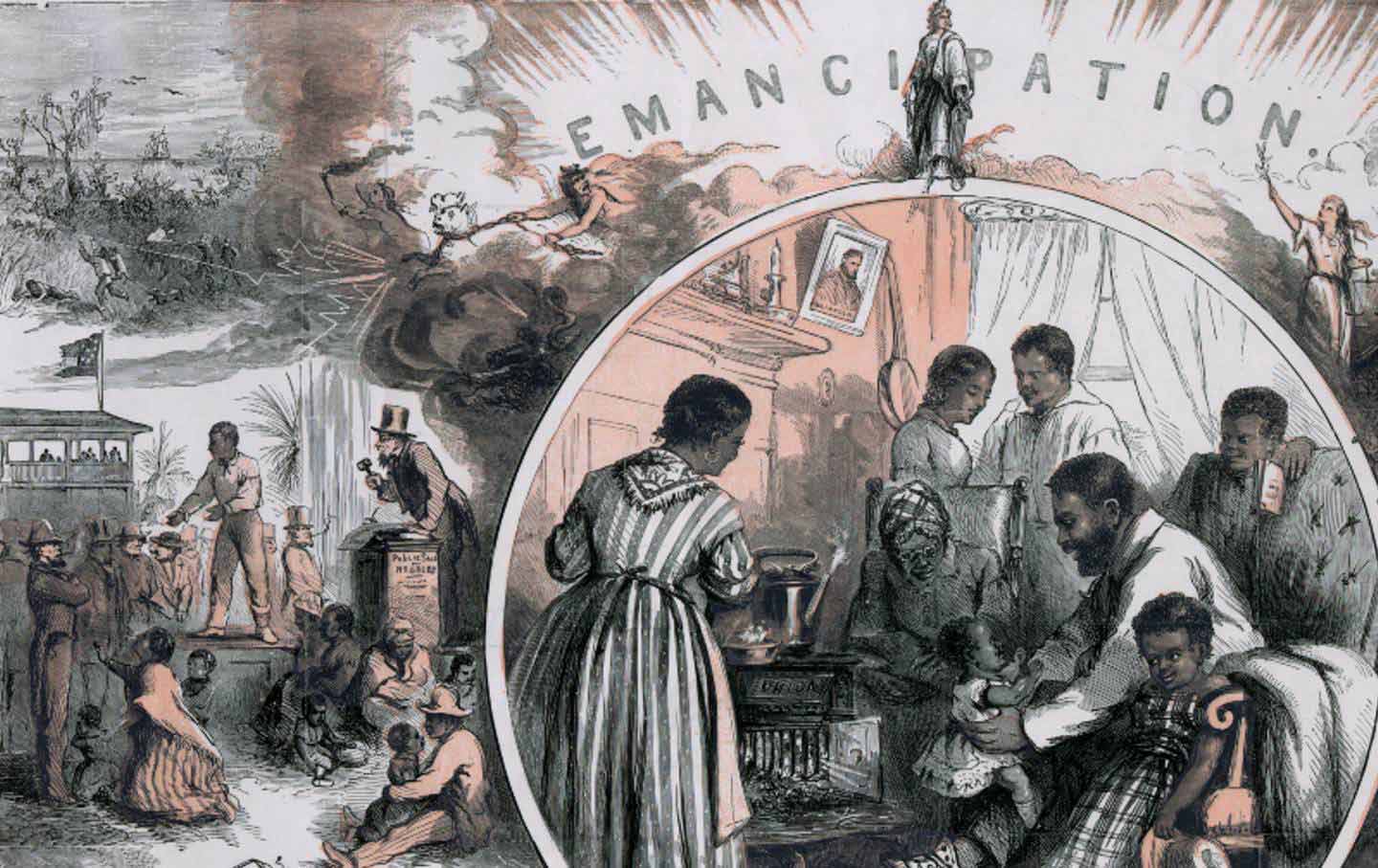
Slavery in an Age of Emancipation Slavery in an Age of Emancipation
Robin Blackburn’s sweeping history of slavery and freedom in the 19th century.
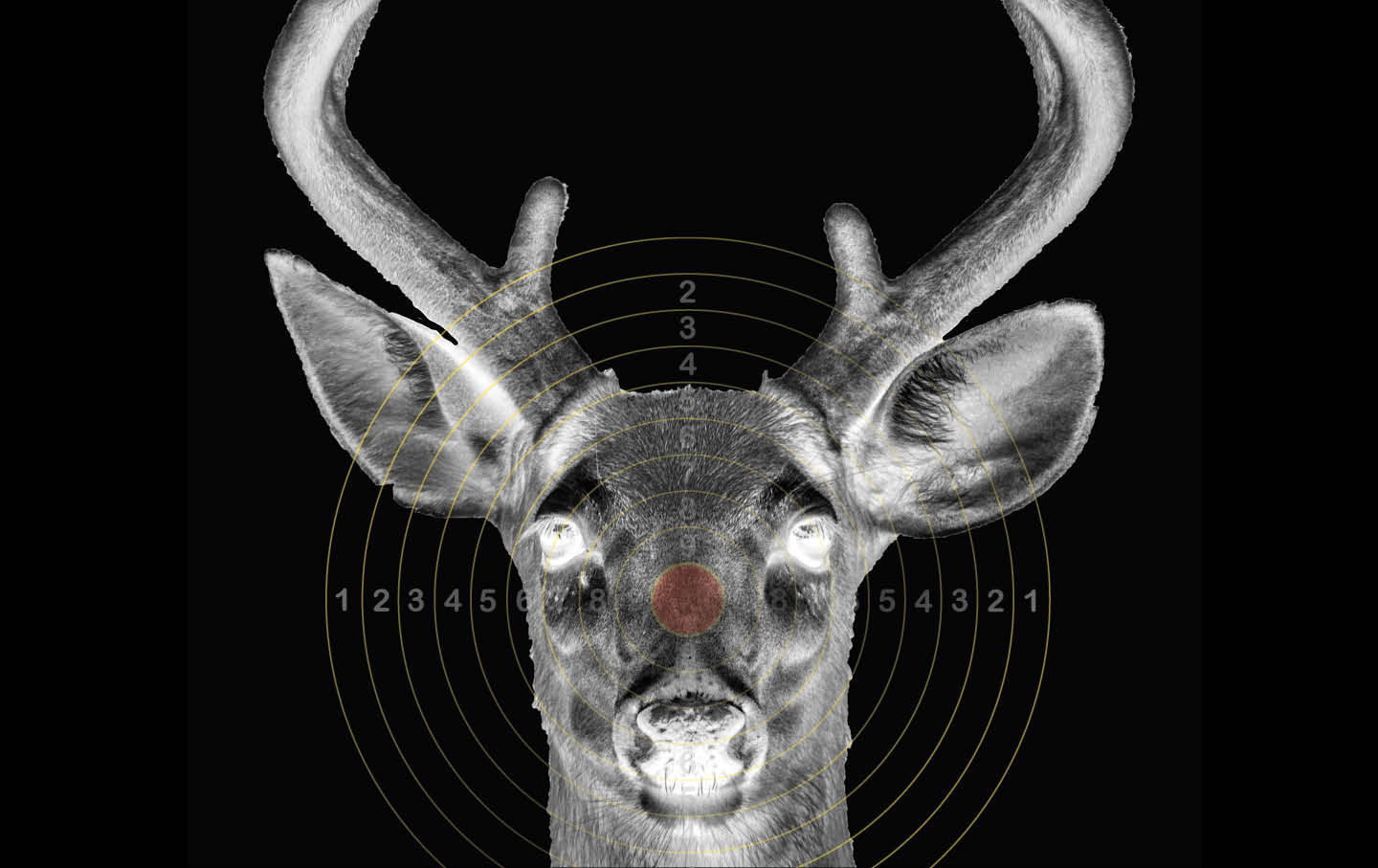
How Wisconsin Lost Control of the Strange Disease Killing Its Deer How Wisconsin Lost Control of the Strange Disease Killing Its Deer
Despite early containment efforts, chronic wasting disease has been allowed to run rampant in the state. That’s bad news for all of us.


